If there is one word that can describe the western part of South Jutland, it is “flat”. It is a land of endless horizons and big skies.

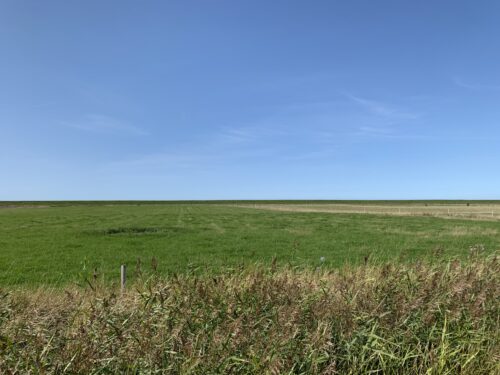
At the west coast the land peters out and becomes ocean in tidal flats known as the Wadden Sea, which is part of the North Sea. It is the largest tidal flats area in the world and is a UNESCO World Heritage Site.
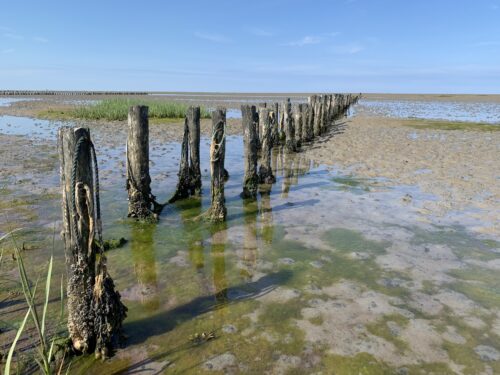
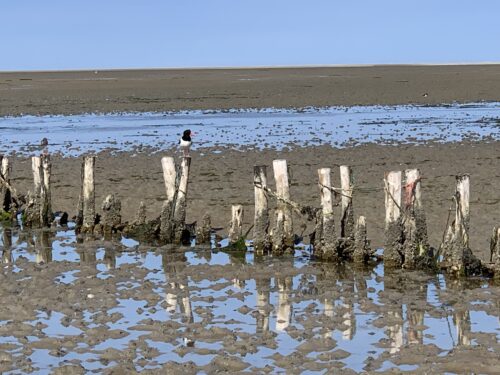
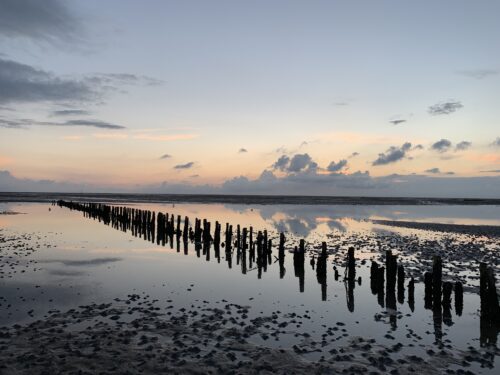
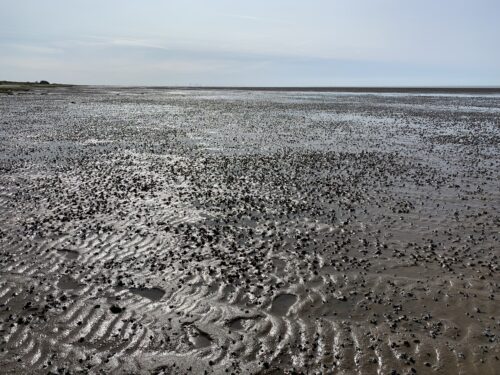
The Wadden Sea is an important habitat for birds and other creatures, and at low tide all sorts of interesting things appear. The wormy looking things are poop from lugworms. They vacuum their way through the sand, using bristles to pick up bacteria and other tiny things, then egest the cleansed sand on the surface. The screeching bird in the video is an oystercatcher, not at all pleased by our presence.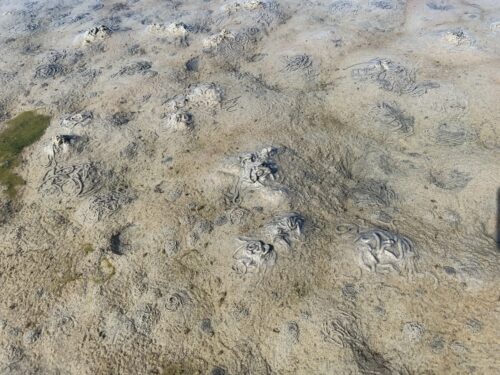

A couple of friends living in South Jutland and I spend some days on the tiny island of Mandø (8 m2 or 86 sq ft) in the Wadden Sea. The island population is a mere 35 people, and there is not much happening here. It is the perfect place to unwind, listen to birdsong, go for walks and gaze at sunsets.

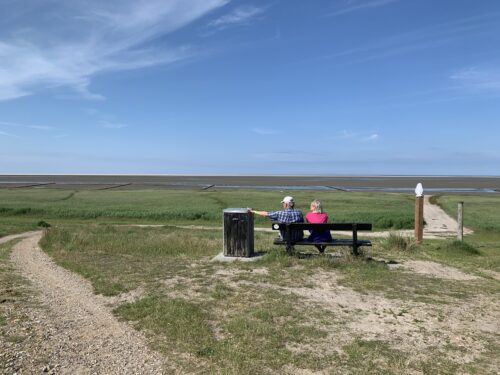


Crossing over to the island is an adventure in itself because the road is only visible at low tide. It seems to disappear into the horizon as if leading us all the way to England (or Canada!)


A walk around the island is a pleasant 10 km excursion, but you need to time it right and walk at the right speed so that you don’t get caught by high tide. Along the way we find salt-loving sea-lavender.
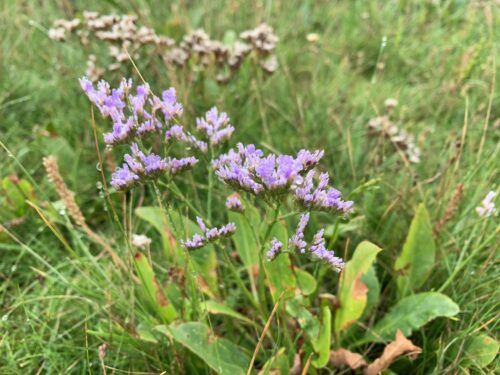
The incoming water creates artful pools. As the tide flows towards land, we need to hop farther and farther to stay dry-footed. The fog lends a sense of mystery and infinity.

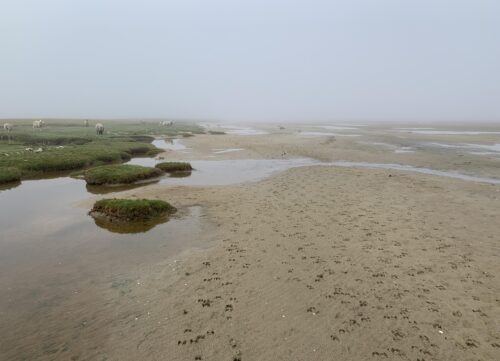
Dykes and canal prevent farmland from being flooded. Further inland, a variety of blooms lend colour to the landscape. 

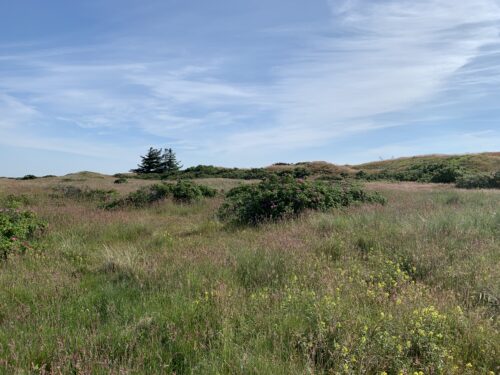
One of the most impressive natural phenomena in southwestern Jutland is the gathering of hundreds of thousands of starlings at dusk in the spring and autumn. They settle down for the night in the marshes, perching precariously on the grasses. A few arrive at first, like the first random snowflakes at the start of a snowstorm. Dozens, then hundreds more arrive until there is a veritable bird blizzard. Up and down, back and forth they fly in an aerial ballet that aims to confuse raptors before they suddenly descend in unison, like one organism.

